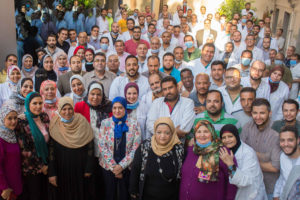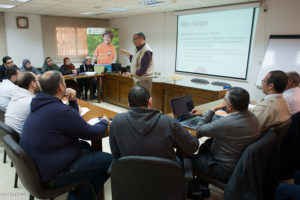Following is a summary of the most important technical achievements by the Central Laboratory for the Analysis of Pesticide Residues and Heavy Metals in Food from September 2011 until June 2014.
- Monitoring of some Egyptian exports as well as domestic markets, issuing annual reports and daily accredited certificates for analyzed products prior to export, reject the authorization of export for products not complying with the terms of importing countries. All such achievements have led to improve the image of Egyptian exports, increase the size of some exports, create jobs in farms and sorting stations as well as the laboratory and others.
- Analysis of 38116 samples in 2011, 45158 samples in 2012, 46760 samples in 2013 and 28315 samples until June 2014.
- Contribution in lifting the ban on some agricultural products from the list of strict examination of products at European or Arabic ports of access, such as the problem of E. coli in cultured fenugreek O104 O157 and some fresh vegetables and fruit. This contribution helped pave the way towards opening new markets for agricultural products.
- Reply to all inquiries made by international entities (European Union).
- Monitoring of agricultural products and food imports of animal origin to control and prevent the entry of shipments violating Egyptian and international standards in order to preserve Egyptian consumer’s health.
- Renewal of laboratory’s international accreditation of ISO 17025 from the Finnish Accreditation Service “FINAS” for 2013/2014 valid until 2017. Renewal of analysis of food safety in Egypt will be made this year, in September 2014. This renewal placed the laboratory among the most important ones in Egypt and the Middle East, as well as the Referenced European Union Laboratory in Egypt. Such standards contributed in boosting Egyptian exports and monitoring domestic market.
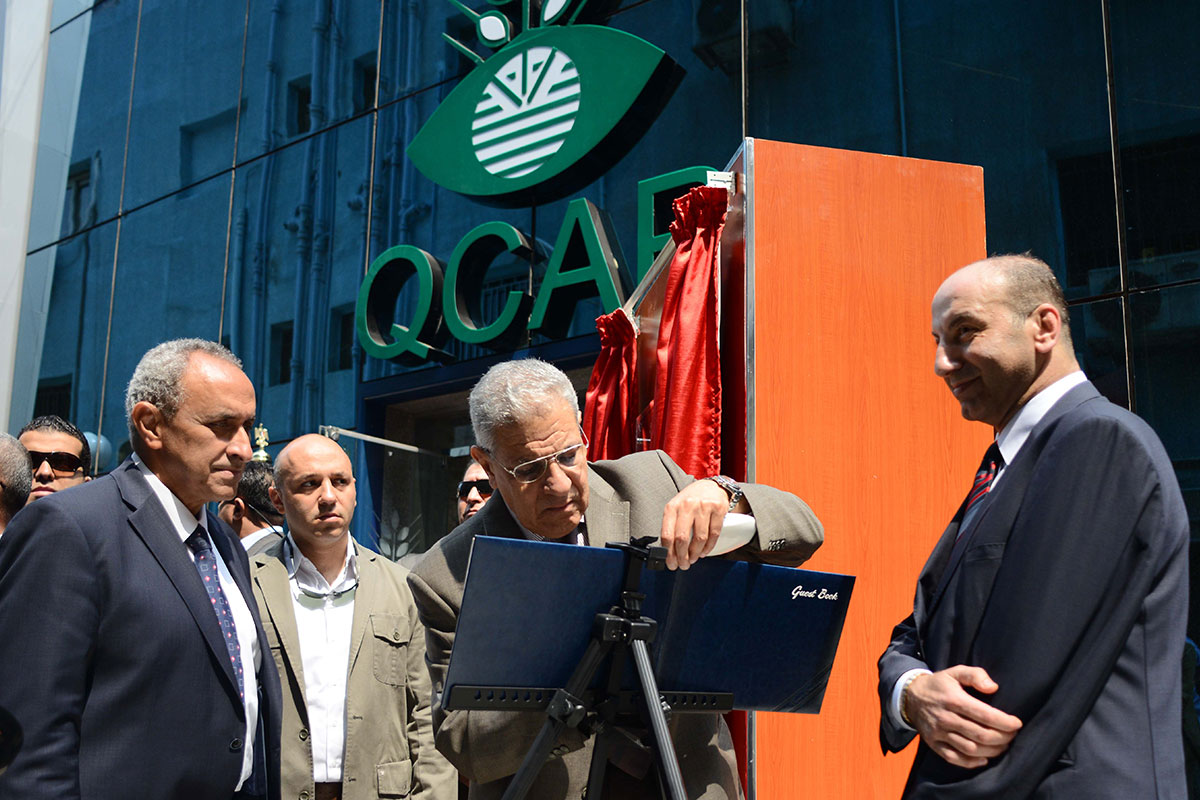
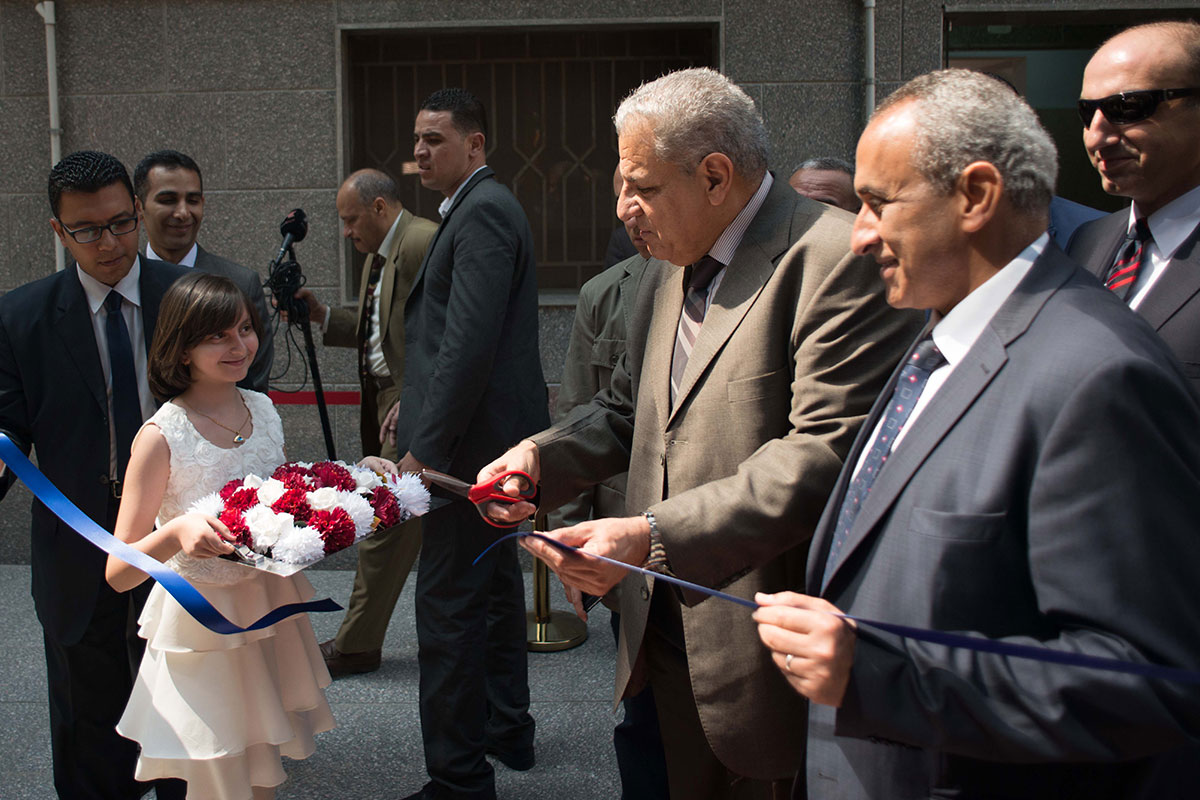
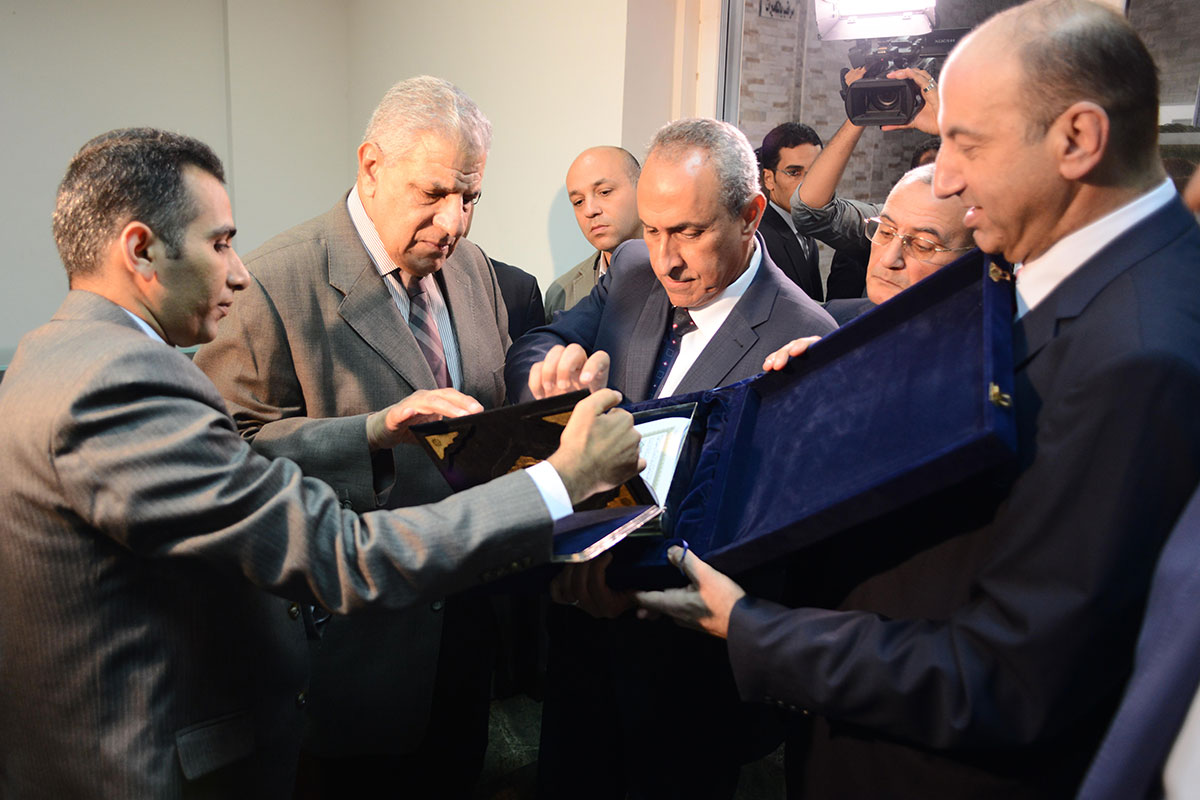
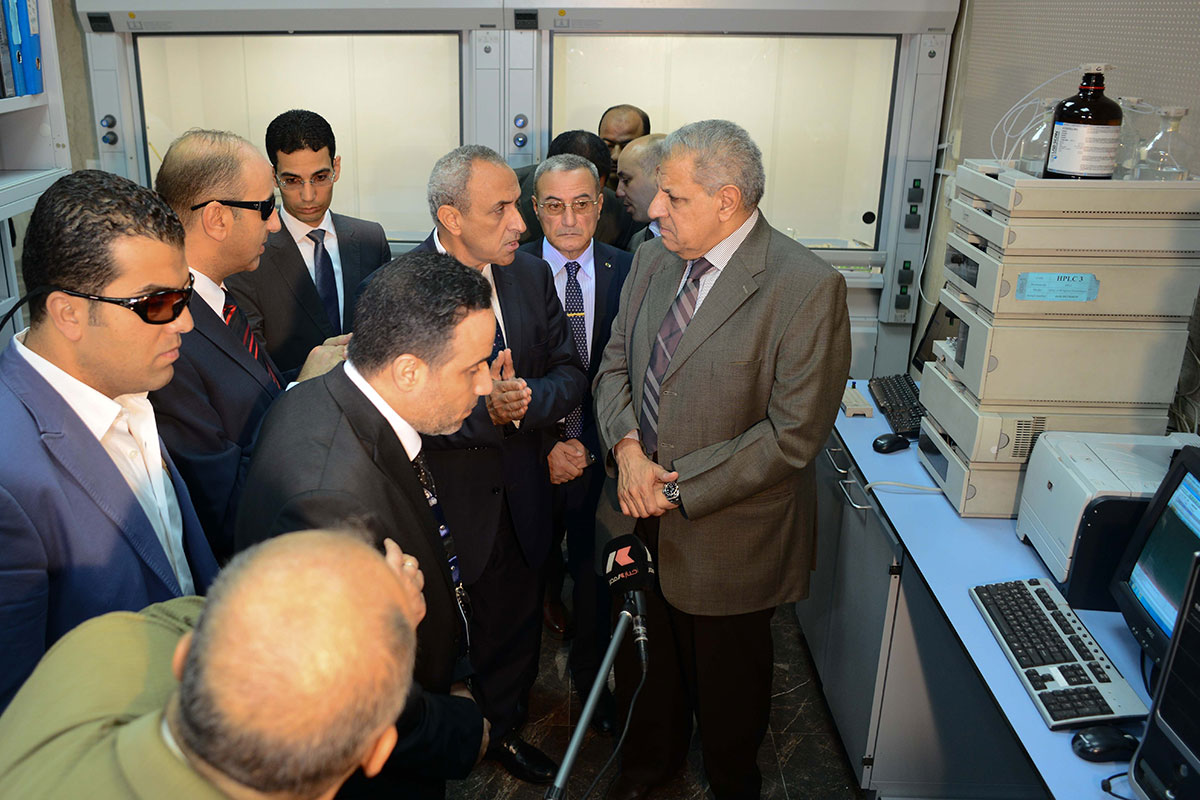
- Accreditation and renewal of accreditation for about 45 modern methods of analysis for the detection of chemical and microbial pollutants in accordance with ISO 17025. It also includes more than 600 pollutant chemicals.
- Seventh participation in laboratory efficiency tests in the round 16 which took place among the EU laboratories and the Central Laboratory for analysis of pesticide residues and heavy metals in food. In this round organized by Spain, more than 184 official laboratories from the European Union joined in the participation. The Central Laboratory for Analysis of Pesticide Residues and Heavy Metals in Food is the only lab participating from outside the EU and has been classified in the highest category “A”.
- Use of prefabricated method “Catcher” for the analysis of pesticide residues in order to avoid the factor of human errors in the analysis process and to increase the accuracy of results.
- Increase and maintaining of the analytical capacity of main laboratory equipment through the purchase and introduction of more than 30 analysis equipment plus auxiliary equipment such as non-fluctuating electric current equipment, batteries, air compressors, dryers, and computers all of which help improve the quality of results obtained in the laboratory.
- Expansion of the scope of analysis of heavy metals in food and some environmental elements such as water in order to cover for all elements of Mendeleev’s table. The objective is to answer the needs of laboratory customers in terms of food and environment, to promote Egyptian exports and to monitor the domestic market.
- Use of new techniques in the analysis of dioxin compounds, a most dangerous carcinogenic pollutants, taking into account reducing cost and time of analysis as well as the use of chemicals. It also helps increase the safety features for analysts and lab buildings.
- Maintaining of the accreditation of German standard Quality System (QS), since the laboratory is approved by the European Union system, which is formed of about 60 international laboratories and allows Egyptian exports into European Union countries. The analysis certificates accredited by Germany and the European Union enhance trust and credibility in Egyptian products. They also lead to the increase of Egyptian exports competitiveness and to unrequired re-analysis for European Union customers.
- Participation of the lab with control authorities related to the analysis of persistent environmental pollutants in the imports of food of animal origin.
- Buying of liquid nitrogen component to ensure continuous operation of equipment necessary for the chromatography separation by liquid and gas related to VIR mass. The objective is to reduce the time of analysis, thus reducing the maintenance costs of gas in the laboratory.
- Maintaining of the approval of system and requirements of private markets related to EDEKA, one of the largest dealers of vegetal-origin food commodities in Germany.
- Setting of programs for the investigation of levels of pesticide residues and other pollutants in the Egyptian market.
- Participation of the Agricultural Pesticide Commission in the review and discovery of non-registered substances.
- Evaluation of the process of registration of agricultural pesticides in the Arab Republic of Egypt.
- Evaluation of the process of registration of veterinary pesticides in the Arab Republic of Egypt.


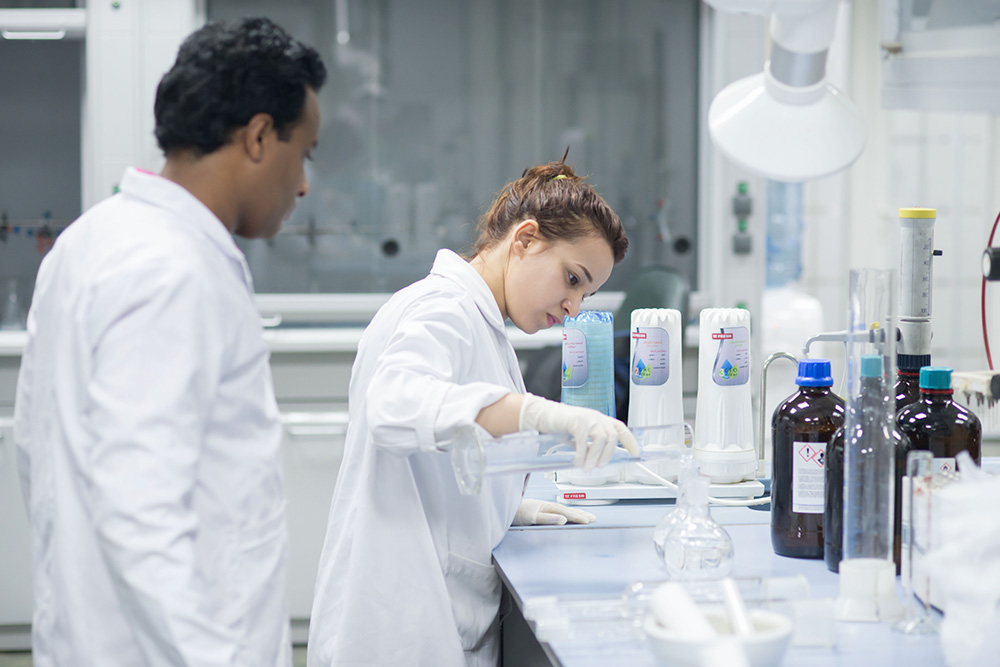
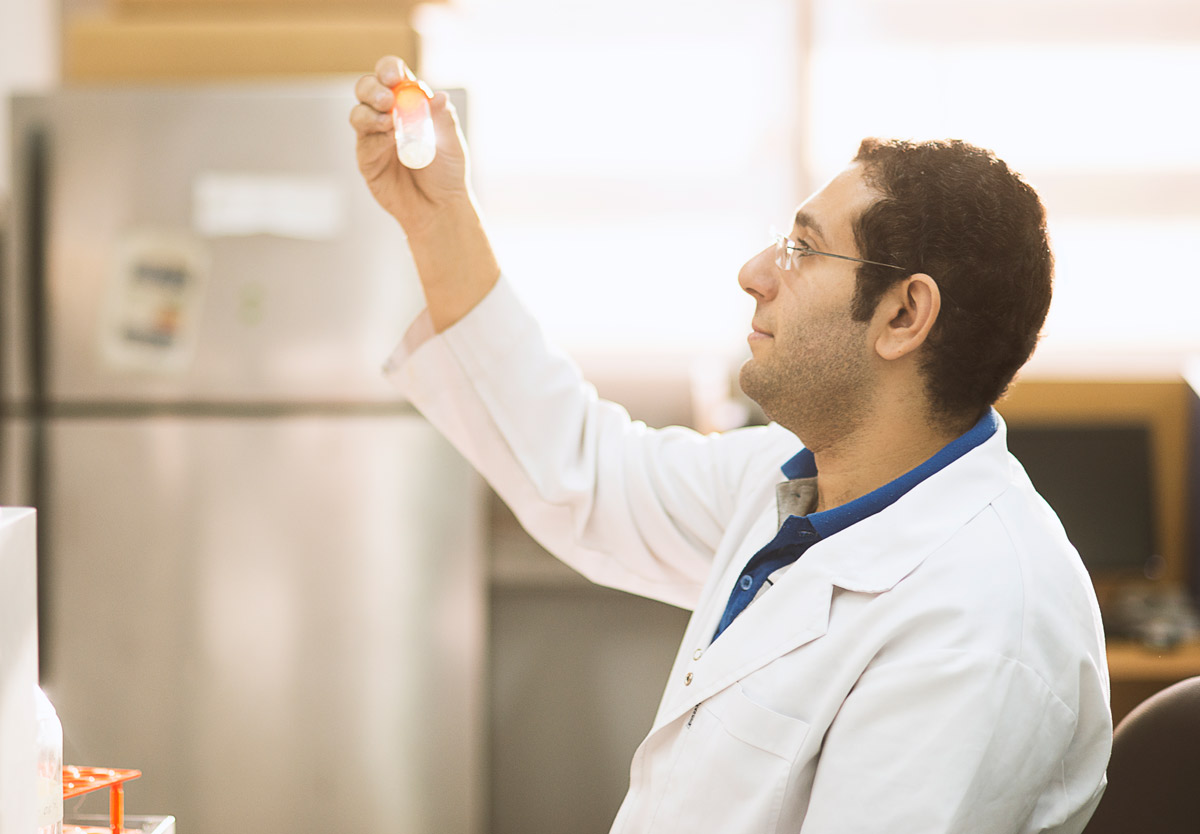
-
- Training of veterinary doctors of the General Authority of Veterinary Services.
- Training of cadres from government authorities, research centers and private companies, concerned members of the Agricultural Research Center and Egyptian universities in the field of laboratory work.
- Training of researchers from various Arab and African countries (such as Sudan, Libya, Saudi Arabia, Iraq, Kurdistan, Kuwait, Yemen, Algeria, Botswana) as well as receiving delegations from various African countries.
- Hosting of foreign experts from referenced European laboratories in various fields of analysis in order to develop and raise their competence. Also, training technical laboratory staff on the latest methodologies of analysis and recent technologies to keep up with modern scientific development.
- Receiving of delegations from various foreign countries to be informed about the role of the laboratory in food control systems in Egypt and clarify its international role.
- Participation of around 35 laboratory researchers in international conferences, workshops and training courses to upgrade technical standards. Also, updating information on the limits of pesticide residues and improving laboratory second grades.
- Training courses for researchers in similar international laboratories. Activation of the European Union’s approval. Launching of training programs, offered for one month for 15 new analysts. Based on the ministerial decree No. 1228 in 2012, the Ministerial Decree No. 1710 in 2012, the Ministerial Decree No. 1882 in 2012, the Ministerial Decree No. 97 in 2013, training began in Bari University for Agricultural Sciences (IAMB) in Italy in the context of scientific exchange via the project of Healthy Food for Life.
- Organization of training programs for agricultural and veterinary quarantine staff in the field of sampling methods, of ISO17025 program for monitoring and quality assurance and the field of studies of requirements of conducting critical control points of the pollutants HACCP.
- Fully covered invitations addressed to the laboratory, plus other invitations with same conditions, for the attendance of the International Forum for Food Testing and Safety, held in Milford, USA, in the period from October 23 to 25, 2012, based on the lab’s long experience in this field.
- Renewal of data base authorization from the site of “Homologa” concerning limits of pesticide residues in agricultural products for all countries, in the benefit of concerned clients and decision-making authorities.
- Follow-up of the fulfillment of contracts with Spanish food experts and signing of a new cooperation protocol.
- Endeavors made by the group working for the sustained development of environmental health and safety (EHS) in order to increase the awareness of employees of precautions needed to work in a safe and healthy environment. The group works also on increasing their awareness in the management of laboratory residues from all chemicals and contaminated samples properly and safely during handling, storage, transport and preparation for healthy and proper landfill. Contracts should be made with accredited environment authorities, such as signing contracts with “Zilal” company for environmental services, creating suitable space for the storage of chemical waste in the lab, buying fire extinguishers CO2 for electrical rooms, re-using the remainder of crushed and ground components (free of aflatoxins, reaching possibly 1 ton per month) as feed for animals by sending them to stations affiliated to the Agricultural Research Center.
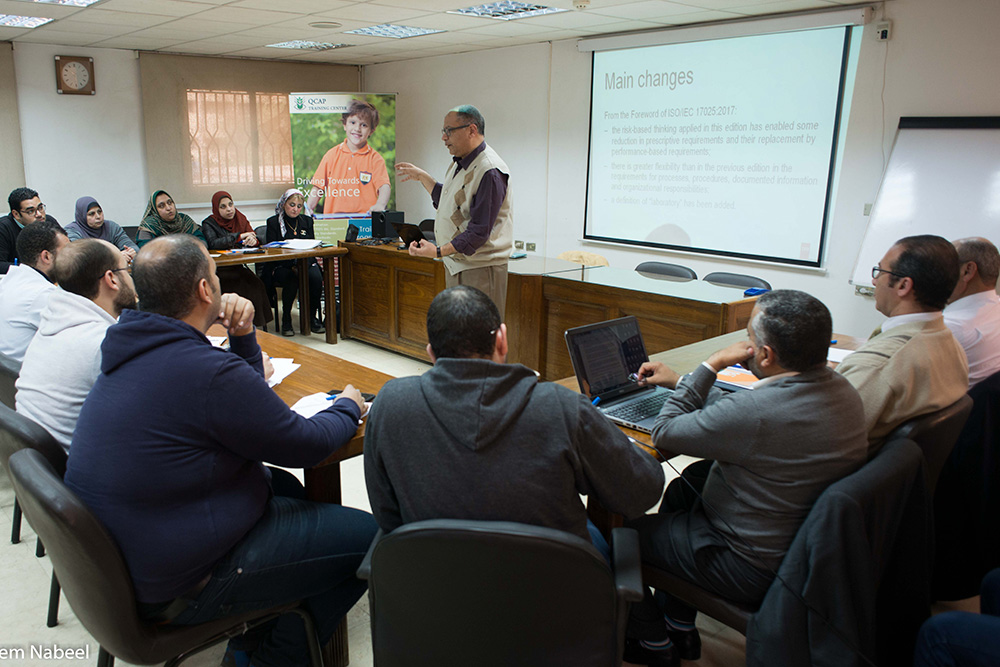
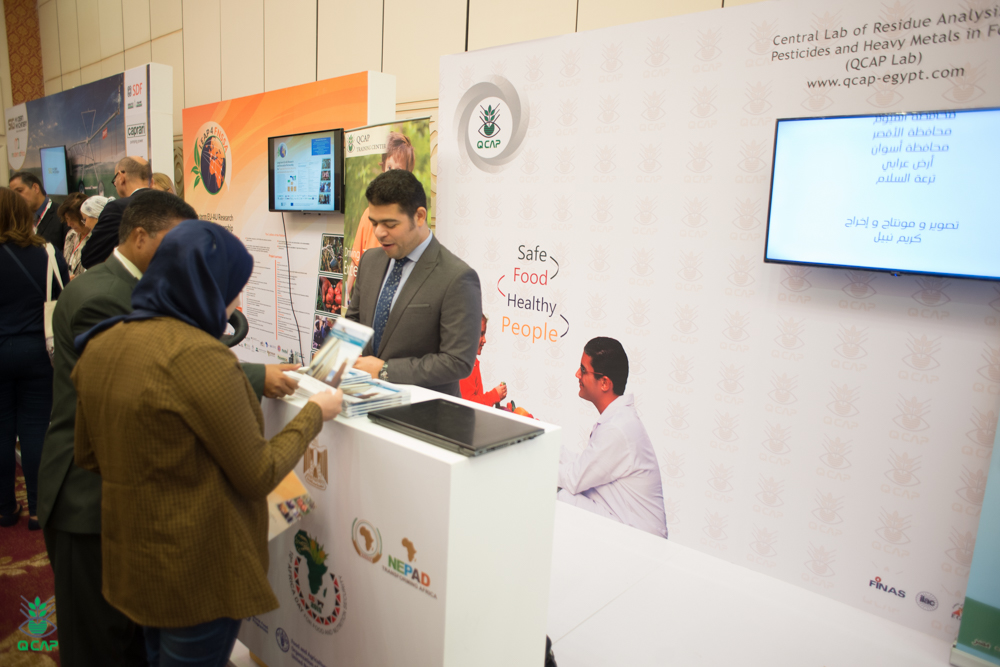
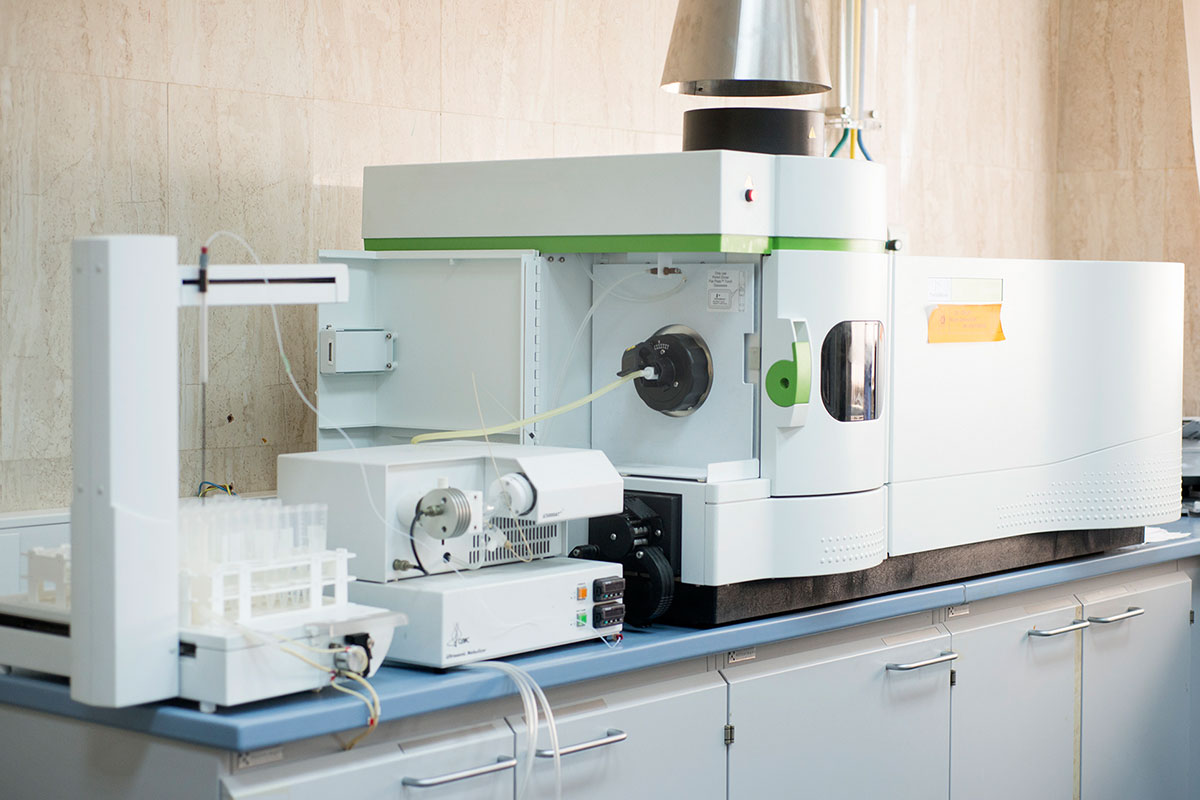
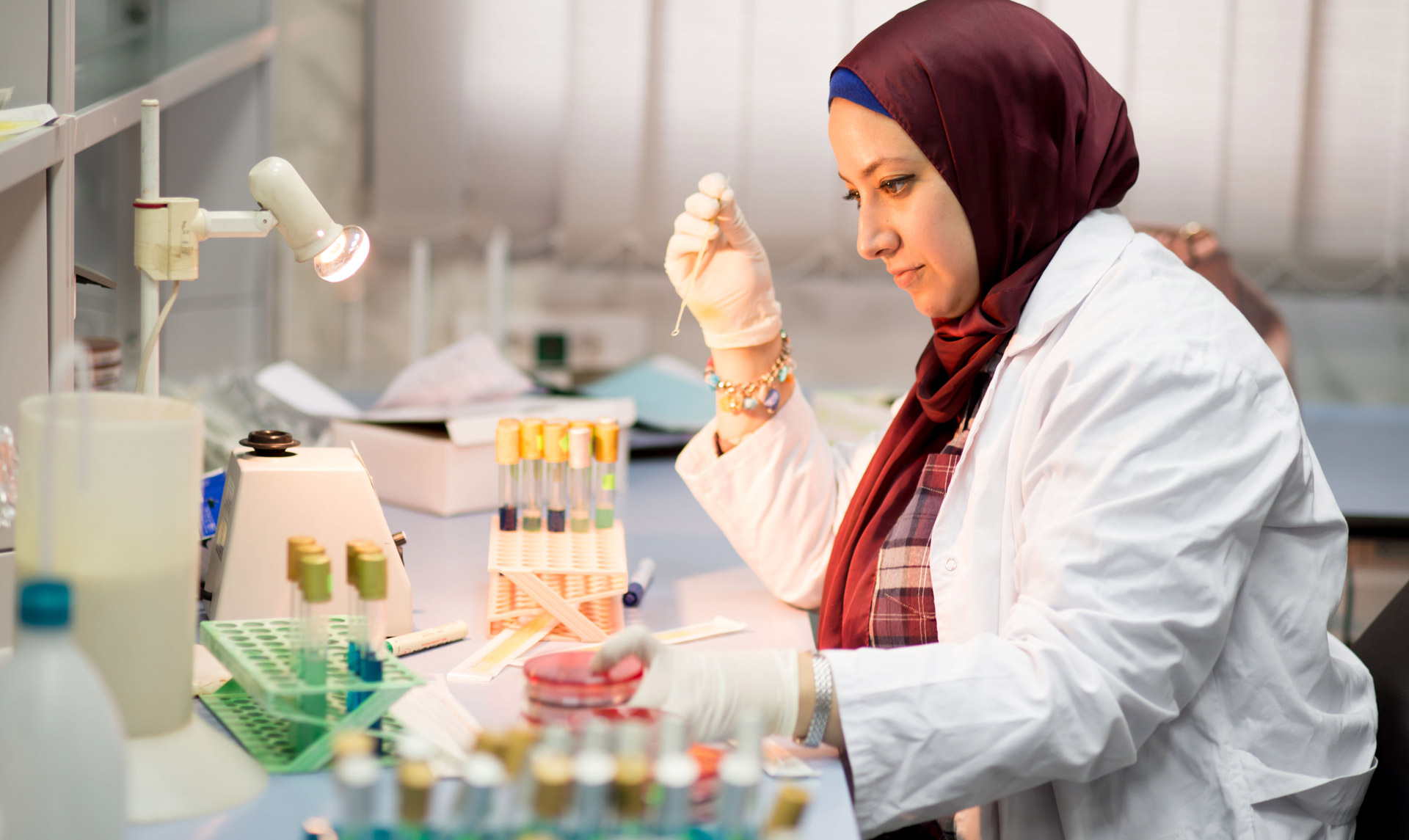
- Final installation of Laboratory Information Management System (LIMS) which increases work efficiency in the lab. It also enhances follow up of all technical and administrative operations related to laboratory testing in compliance with ISO 17025:2017. As well, it raises communication between the laboratory and decision makers in the benefit and promotion of agricultural strategies applied within the Agricultural Research Center and the Ministry of Agriculture.
- Improvement and renewal of the implementation of marketing policy and plans in all contracts signed between the laboratory and its clients. Preparation of workshops for exporters, companies and organizations. Plus setting up of many activities related to laboratory’s work while publicizing its objectives, field of work, training and analysis through (Agricultural TV Channel) to help concerned clients and organizations. As well, signing of new cooperation protocols between the laboratory and associations working in exports and food production under the supervision of the President of the Agricultural Research Center.
- Provision of the latest production equipment that are used in the world’s best laboratories.
- Equipment of 3 refrigerated rooms (-20°C) and (+ 5°C) in order to increase the capacity of analyzed and temporarily stored samples till they are dispensed with.
- Provision of means of transportation of samples equipped with refrigerators for their conservation since the older means are more than twenty years old.
- Creation of jobs for outstanding graduates of Egyptian universities and training of young cadres for serious and specialized work.
- Creation of jobs for the laboratory assistants.
- The building allocated for the analysis food and environment pollutants and annexed to the laboratory was inaugurated on Sunday 11/5/2014 by the Prime Minister, Engineer/ Ibrahim Mahlab. This building will contribute to raise the volume of analyzed samples to 80,000 samples per year. Thus, the laboratory is able to reach a record speed for the analysis of samples without violating the rules of quality
- Following is the building profile:
- The building was constructed and equipped without casting any financial burdens upon the Ministry of Agriculture or the Agricultural Research Center.
- The new building consists of three floors. It includes four laboratories as follows by order of floor: Dioxin lab (first floor) – Microbiology lab (second floor) – Food Additives lab and Aflatoxins lab – Heavy Metals lab (third floor).
- The new building is constructed and equipped according to international systems adopted by laboratories working in the same field. In terms of furniture and equipment provided in different labs, they are the latest and most modern equipment which are not available in the Middle East except for the Central Laboratory for analysis of pesticide residues.
- The building is provided with a most recent information network managed electronically through a program for information management and task distribution (LIMS). This network can be connected to any related authority.
- The building includes six central air units for sterilization, central units to control non-mixing of air between the administrative offices and laboratories, as well as eco-friendly systems.
- Temperature is controlled by means of central units.
- Inside the building, there is a centralized network to provide the necessary gas to run analysis equipment using safety means according to the latest international systems.
- Backup generators are provided in addition to current stabilizers up to milli-volts given the sensitivity of analysis equipment.
- There is an accurate control system for laboratories and analysis equipment, internally and externally, by means of most recent surveillance cameras which operate at night. Their role is to secure the equipment inside the building, the laboratory from the outside and around the building as well.

